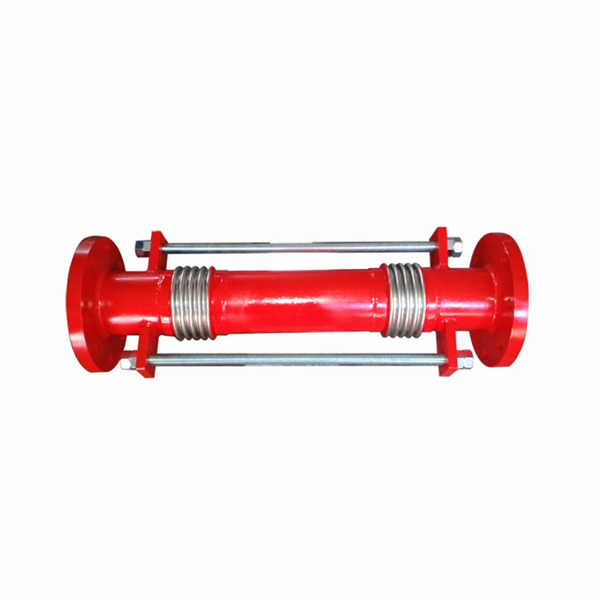Expansion Joint – protecting the safety and stability of engineering structures
Expansion Joint
An expansion joint is a flexible structure designed to absorb and compensate for length changes or displacements in pipes, building structures, etc., caused by temperature changes, earthquakes, or other external factors. A compensator is another term for an expansion joint, with the same function and purpose, which is to absorb and compensate for displacement.
They are widely used in buildings, bridges, pipeline systems, ships, and other structures.
Axial Movement
Axial movement refers to the movement of an object along its axis. In pipeline systems, axial movement is usually caused by temperature changes or mechanical vibrations.
The Relationship Between Expansion Joints and Temperature
Temperature changes are the main cause of thermal expansion and contraction in pipes or structural materials, which in turn generates displacement. Expansion joints can absorb and compensate for these displacements, protecting the integrity and stability of pipes and structures.
Lateral Movement
Lateral movement refers to the movement of an object perpendicular to its axis. In some cases, lateral displacement also occurs in pipeline systems(movement not along with the pipe is lateral movement).

